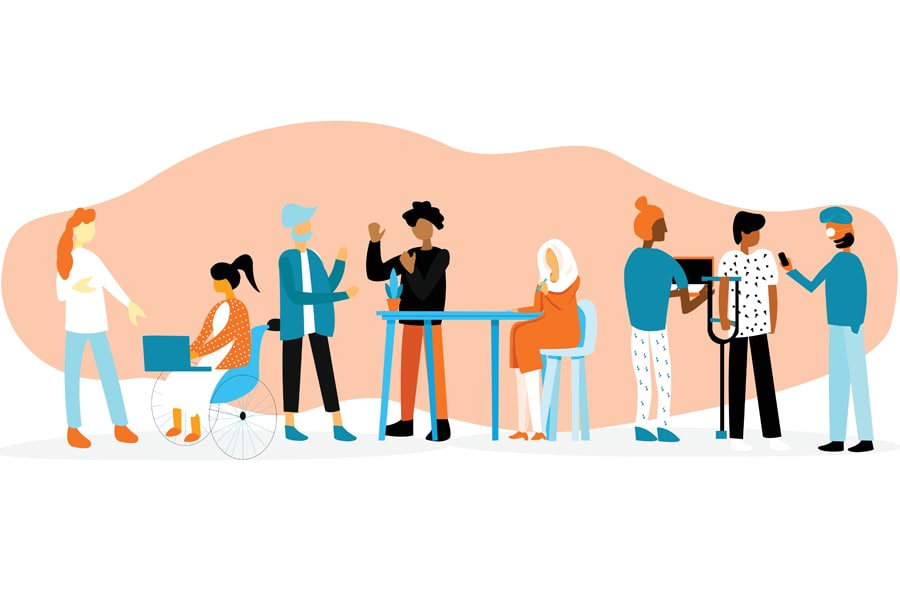
A world of difference: What keeps companies from becoming more inclusive
Inclusion can unlock excellence and innovation, but instincts and good intentions will never get you there. In this interview, Frances Frei and Francesca Gino explore the underlying factors that keep organizations from becoming more inclusive
 Image: Shutterstock
Image: Shutterstock
Frances Frei, the UPS Foundation Professor of Service Management, is an expert in the intersection of leadership and inclusion. Francesca Gino, the Tandon Family Professor of Business Administration, studies how people can lead more productive, fulfilling lives. Last year, the pair co-taught a short, intensive course for MBA students called Anatomy of a Badass, which was a primer on being unapologetically authentic at work. Here, they talk with the HBS Alumni Bulletin about understanding differences in the workplace and the urgency of building inclusive cultures.
Bulletin: There’s been a huge awakening in the last couple years around diversity, equity, and inclusion in the workplace. Is this moment leading to real change, in your view?
Frances Frei: I totally agree there’s been an awakening, and I think what’s different about this one is that now we understand what to do. For organizations that want to change, it’s completely accessible. You see both the capability and the motivation, whereas before maybe you had the motivation but not the capability. And now the business case for DEI is overwhelmingly clear. If you want to skyrocket performance in any organization, teach them how to be more inclusive.
One of the reasons there hasn’t been as much progress on DEI as you would expect is that the sequencing of the words—diversity, equity, inclusion—is in the wrong order. We have seen many organizations bring in diverse talent, not be inclusive of that talent, and not get any better. We have never seen an organization become more inclusive that didn’t also attract people with lots and lots of difference. Inclusion always begets difference, but diversity may or may not beget inclusion.
Francesca Gino: We can divide leaders out there into three buckets. The first bucket is executives who say, I want to bring more diversity into the organization and think about equity and inclusion, but this is not at the top of my priority list. The second bucket is executives who say, I definitely want to have more diversity, equity, and inclusion, but I don’t know how to tackle this complex set of issues. These are workplaces where the leaders are fearful because they don’t have a sense of how to unpack the problem and what steps to take to solve it effectively. In the third category, there is a clear desire; the leaders are courageous enough to take action; they recognize there is messiness in doing it right; and they are okay with errors they and others will be making along the way. The number of places that don’t belong to any one of these three categories and that are not interested at all is, nowadays, very low.
This article was provided with permission from Harvard Business School Working Knowledge.







